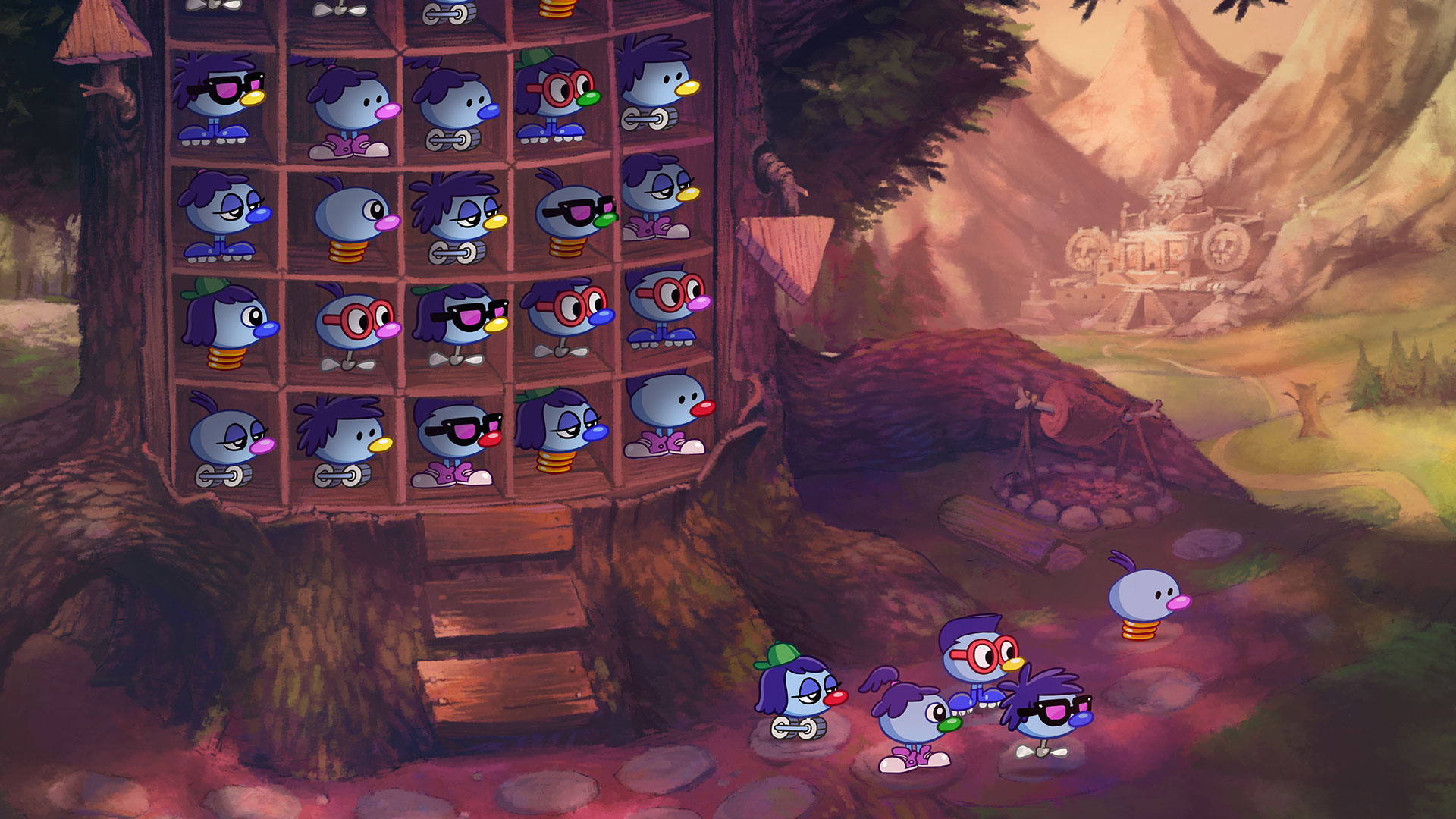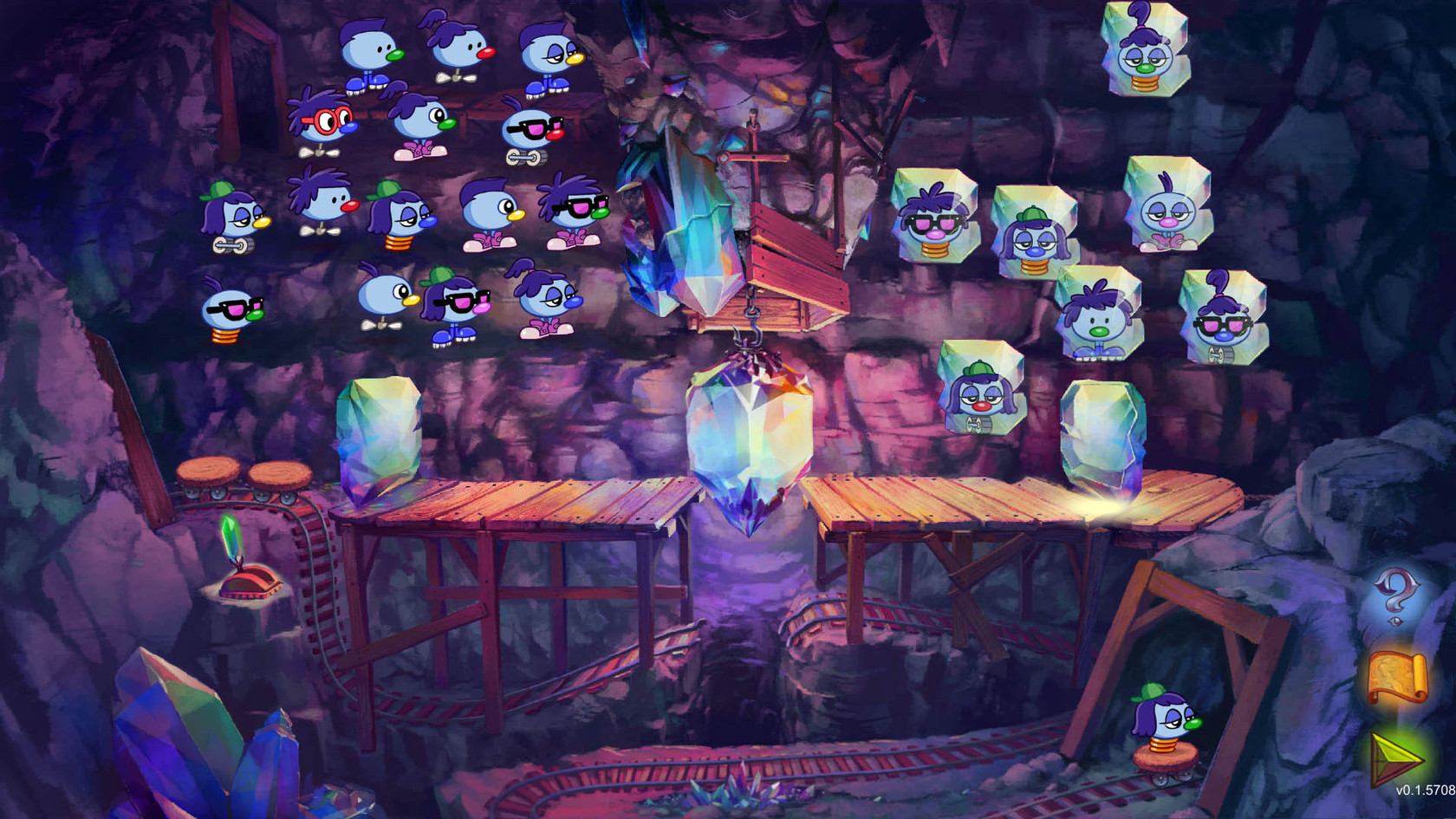

While many initiatives have made gains for the STEM pipeline, according to research, the largest industrial growth is in computer science, and yet computer science is still not taught in most schools ( Angeli et al., 2016 Blikstein, 2018, 2019). It is crucial for the United States to prepare students as early as possible for the jobs that do not exist yet in Science, Technology, Engineering and Math (STEM) and Computer Science (CS) ( CSTA, 2013 Google, 2015). Furthermore, based on the results of our exploratory research with PSET, we propose implications of the study for K–12 CT teaching efficacy beliefs and CT education research. Our research findings suggest that introducing CT increases PSET CT teaching efficacy beliefs. We performed paired samples t-test for the two teaching efficacy beliefs subscales, Personal Computational Thinking Teaching Efficacy (PCTTE) and Computational Thinking Teaching Outcome Expectancy (CTTOE), to measure if there is a significant difference in teaching efficacy beliefs.
ZOOMBINI GAME LEVELS EXPLAINED SOFTWARE
We used SPSS software to analyze our quantitative results. During the intervention, the PSET followed the CT practices by building educational robots, coding visual block-based programs, and solving puzzles in the video game “Zoombinis.” In this paper, we report the impact of the intervention on teaching efficacy beliefs of PSET. We administered a CT teaching efficacy beliefs survey at the beginning and end of the related unit (i.e., the intervention). Participating preservice elementary teachers (PSET) were enrolled in an undergraduate elementary science teaching methods course during the spring and summer 2018 semesters in a southwestern state university. Teaching efficacy beliefs is a significant identifier of teachers’ performance and motivation in teaching the specific content successfully however, K–12 science teachers’ CT teaching efficacy beliefs are rarely discussed. Bandura defines self-efficacy as awareness of the individual’s potential and capabilities to accomplish a goal. This unique experience, not available in the original version, allows players to physically interact with the Zoombinis created as they touch and drag them across the various challenges. The classroom version features additional educator materials and guides, as well as tracking and assessment that allows educators to collect data as their students play Zoombinis.With the release of the Next Generation Science Standards (NGSS), assessing K–12 science teachers’ self-efficacy in Computational Thinking (CT) is an important research gap to study.
ZOOMBINI GAME LEVELS EXPLAINED UPGRADE
To upgrade Zoombinis for tablet devices, the technical team used Unity to optimize game and levels for the touch screen.

Keeping the original animations required tracing screenshots of the original animation so it will jive with the new technology. Based on fan feedback, the decision was made to keep much of the original animation in the game, though the Zoombini characters themselves got a refresh. To remaster Zoombinis, FableVision artists digitally painted rich, illustrative backgrounds for the new aspect ratios. Providing expertise in art, animation, and technology, the team at FableVision provided a fresh and current approach to Zoombinis, while keeping true to the original game.

Through a partnership with TERC, a not-for-profit leader in K-12 math and science education, and the Learning Games Network, a not-for-profit game company, FableVision Studios embarked on an epic journey to relaunch the classic, beloved ’90s game Logical Journey of Zoombinis for classroom and individual use. Zoombinis, the little blue guys on a logical journey, are back and this time they’re mobile.


 0 kommentar(er)
0 kommentar(er)
